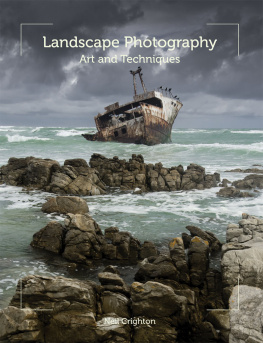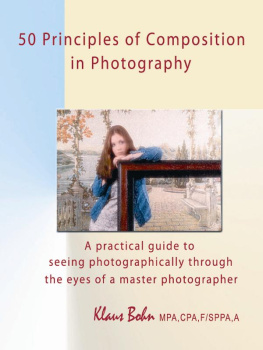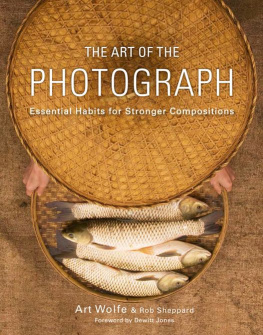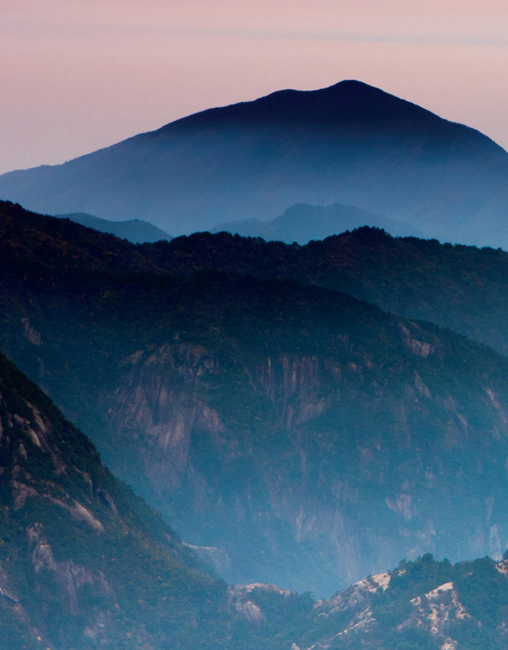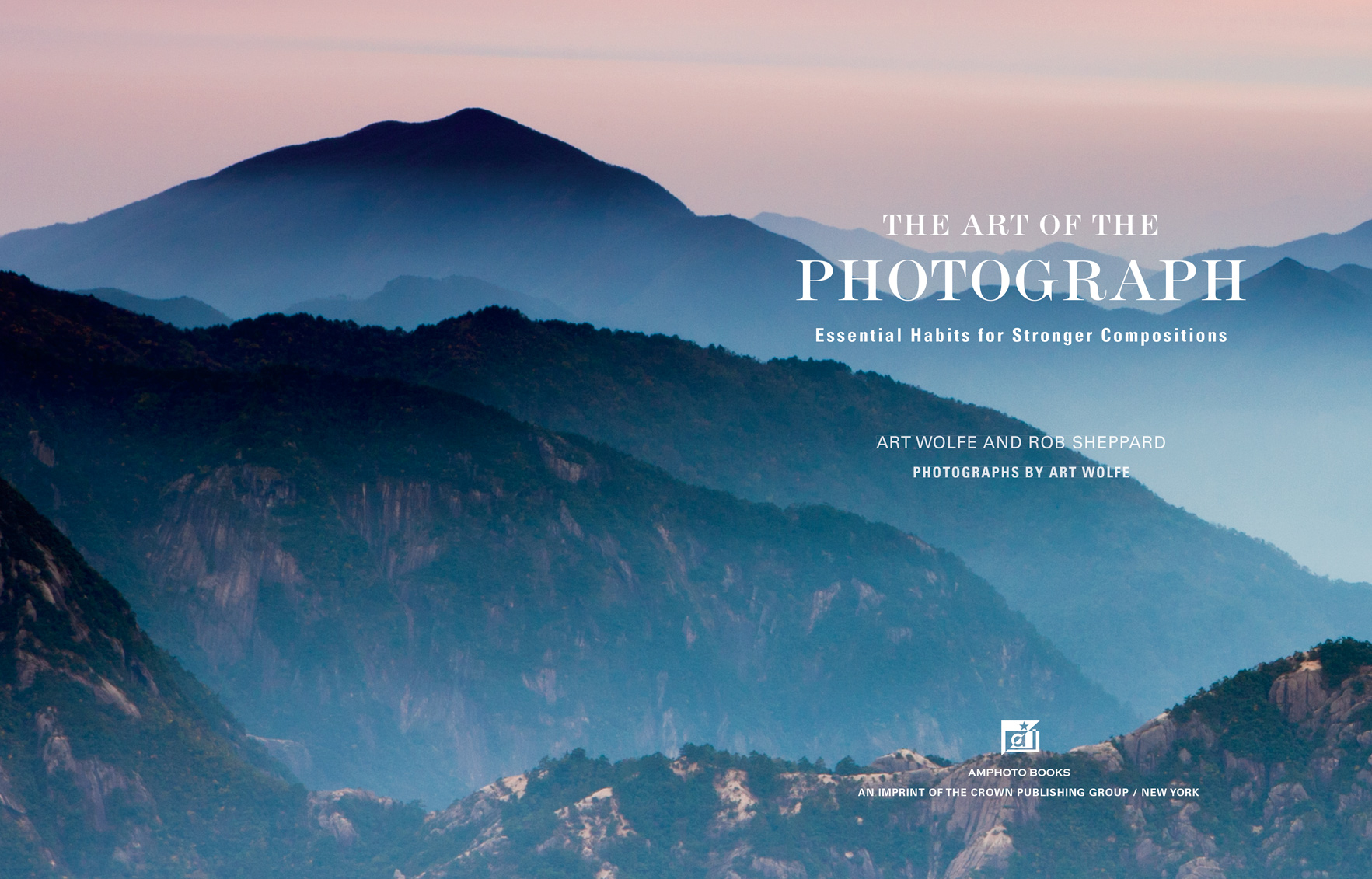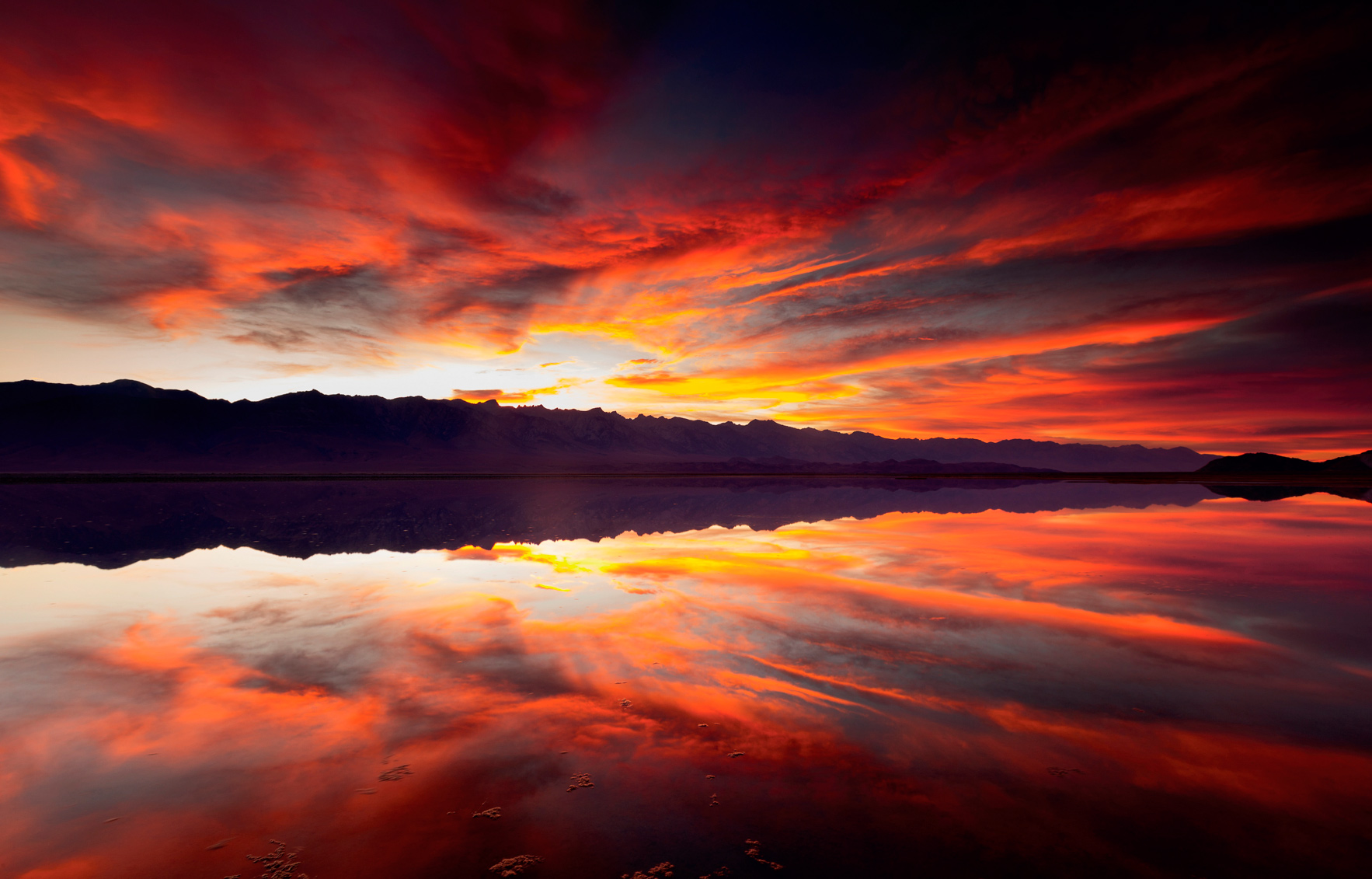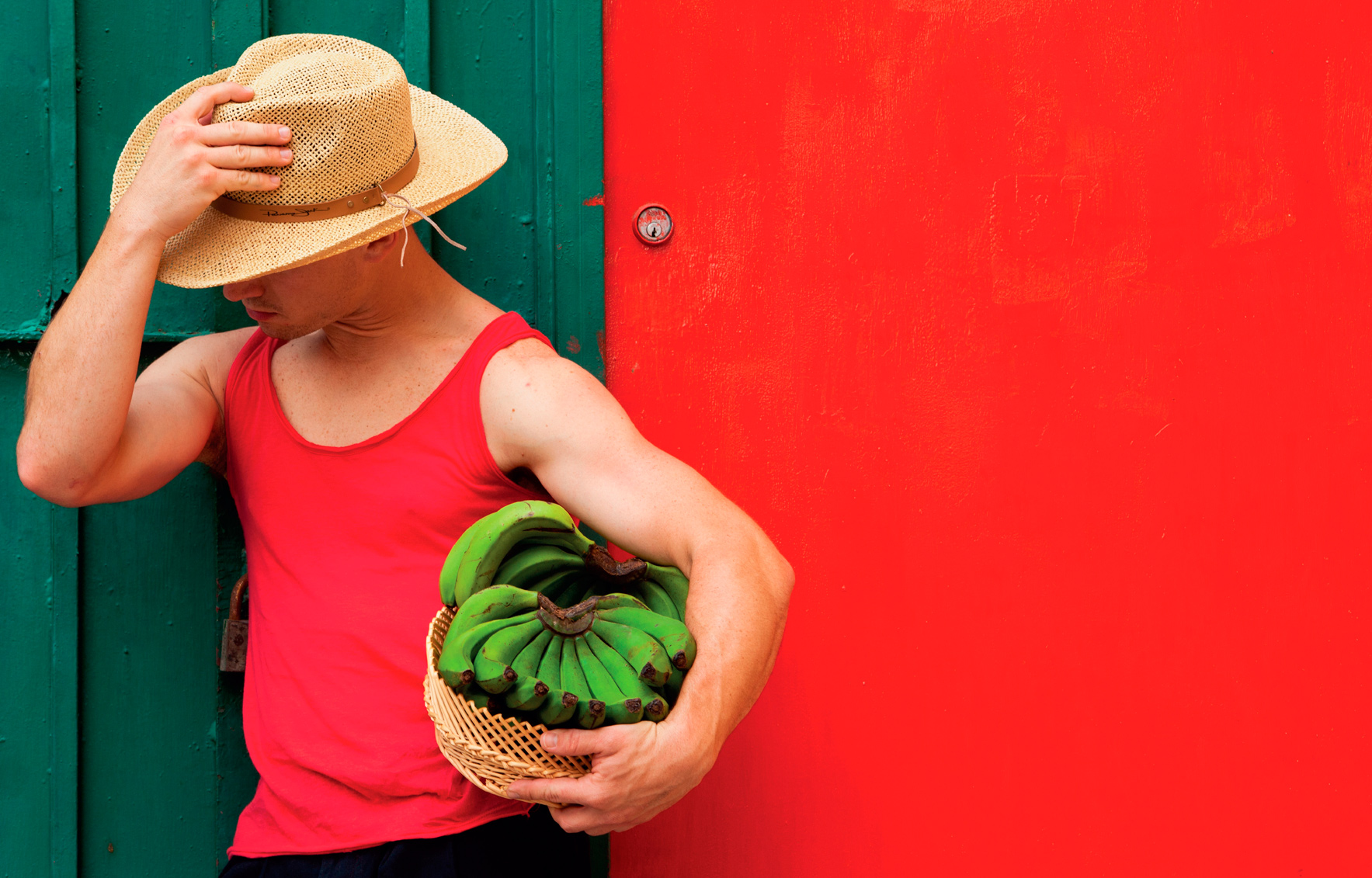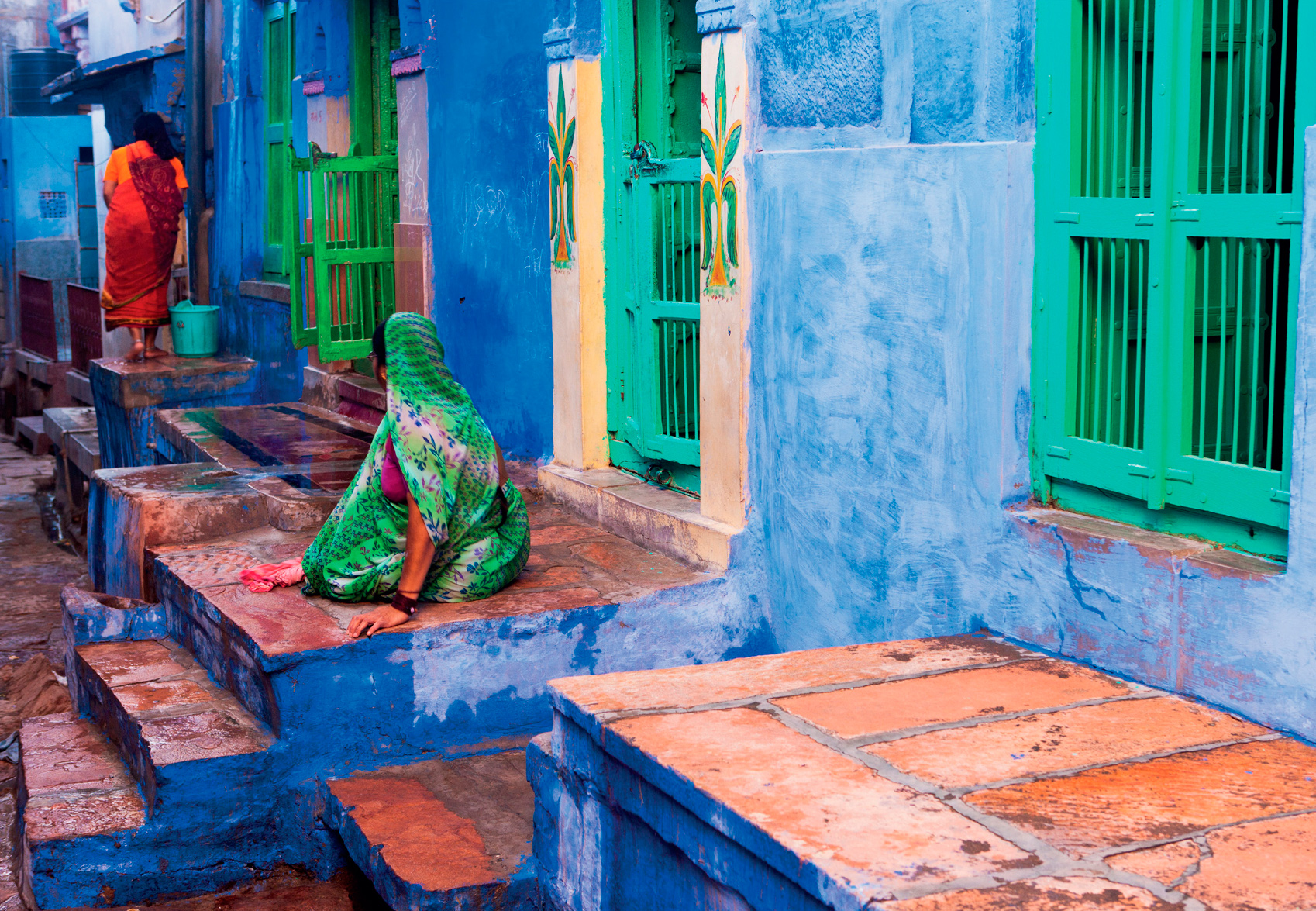Copyright 2013 by Art Wolfe, Inc.
Foreword copyright 2013 by Dewitt Jones
All rights reserved.
Published in the United States by Amphoto Books, an imprint of the Crown Publishing Group, a division of Random House, Inc., New York.
www.crownpublishing.com
www.amphotobooks.com
AMPHOTO BOOKS and the Amphoto Books logo are registered trademarks of Random House, Inc.
Library of Congress Cataloging-in-Publication Data
Wolfe, Art.
The art of the photograph / Art Wolfe and Rob Sheppard ; photographs by Art Wolfe.First edition.
Includes bibliographical references and index.
1. Composition (Photography) I. Sheppard, Rob. II. Title.
TR179.W645 2013
770.1dc23 2013004632
eBook ISBN: 978-0-7704-3376-5
Trade Paperback ISBN: 978-0-7704-3316-1
Text and cover design by La Tricia Watford
Photographs by Art Wolfe
Cover photographs by Art Wolfe
v3.1
For my two superb art professors at the University of Washington, Ramona Solberg and Hazel Koenig
Art Wolfe
FOREWORD
by Dewitt Jones
How do I become a great photographer? I have been asked that question hundreds of times over the course of my career as a photographer for National Geographic magazine and with various advertising clients. Theres no easy answer. Faced with such a diversity of books, classes, and workshops, it can be overwhelming and confusing.
There is no question that becoming a better photographer takes practice. Every professional photographer I have met has shot for many years to get to where they are. But how, exactly, should you practice? Its best to have some guidelines to make that practice valuable and effective. Otherwise, you may take a lot of photos but without gaining the right experience to get better. The book you now have in your hands gives you those guidelines.
There are three critical elements in this book: the images, Robs text, and Arts stories. Each teaches an essential part of becoming a master photographer. Start by going though the entire book and just looking at the photographs. Dont read the text, dont read the stories, just stay with the photos. Dont analyze them; just experience them. You are in the presence of one of the finest photographers of our time; let his images instruct you. Let your eyes understand the lessons that the text will eventually teach your brain.
Now start again and read Robs wonderful text, which was based on his collaboration with Art about how photographers and artists work with composition. This time, let your brain break apart the photos to see their underlying composition. Learn the rules that will eventually become second nature to you. Go slowly, and try to learn each lesson before moving on to the next. At the end of each chapter, read Arts story.
When you finish the book this time, go back to the beginning and read all of Arts stories again. Now that you have studied the photos and absorbed Robs text, these stories will gain a whole new meaning. Stand with Art as a bright orange wall turns his head in a Japanese Shinto Shrine. Experience his frustration and joy as he searches for caribou in the Arctic. See how he moves from what he thought was the photograph to something entirely different. That is what good photography is all about. Whenever I have gone on assignment, I have always brought all of my knowledge about what makes a good photograph with me. Then I leave myself open to the conditions, to the subject, to the scenejust as you see Art doing.
Both Art and Rob are not only masters of their craft, but masters of their lives as well. It may be their technique and gear that turns a moment or idea into a photographic reality, but its their deep engagement with life that allows them to have that idea, or see that moment, in the first place.
The Art of the Photograph takes photography apart and then puts it back together again. Amateur photographers often struggle with the beautiful imagery in publications like National Geographic , assuming that it is beyond what the average photographer can do. This book breaks it down, connecting beautiful pictures with easy-to-understand ideas about how to master your own photography, to create images that celebrate your experience with the world. A lot of my work in recent years has been to help people celebrate what is right with the world. This book will help you better see that world and find the joy and wonder all around you. Gear, composition, and workflow, yes, but also self-discovery and inspiration. Study it, enjoy it, experience it. It will go a long way toward helping you become a better photographer!
Alleyway, Jaipur, India
2470mm lens, f/6.3 for 1/15 sec., ISO 200
INTRODUCTION
Photography has become such an important part of our world. From the time we wake up until the time we go to bed, we are immersed in images, from the news on TV to the designs on our milk carton, the photos in our newspapers, and the images online. The web has opened up a whole new way for photographers to express themselves and show off their images, from Facebook to Flickr, Tumblr, and so many other places.
Simply posting casual snapshots certainly does connect people through the Internet, but we believe photography has the potential to do so much more. By understanding how to control your photography to better communicate to others, your photography will not only improve but our whole world of imagery will get better as well.
The Art of the Photograph is a complete course in seeing and making better images. This has been an exciting project for us. We recognized a need for information that went beyond the common guides to gear and top tips. Those guides are certainly important and have helped many photographers, but we found a real lack of information about how to truly construct better photographs using solid principles of design and composition. Neither of us wanted to keep this pro information secret, just for our own use. We know that it has the potential to truly change the way people think about their photography, to expand their approach in such a way that we all benefit from better photography today.



